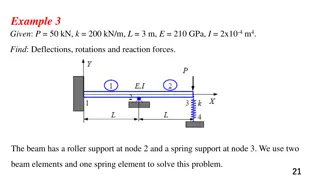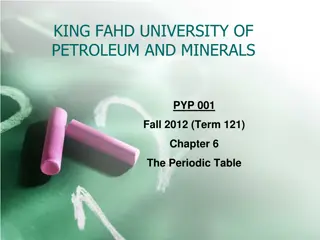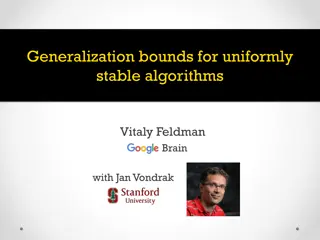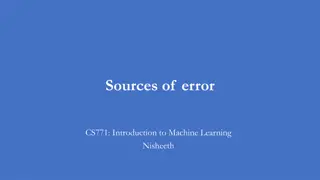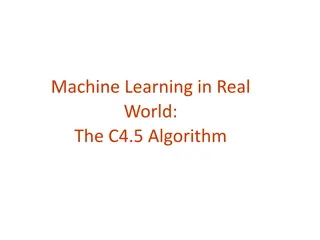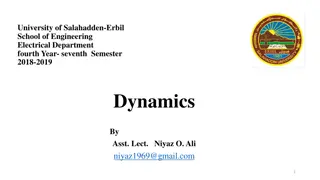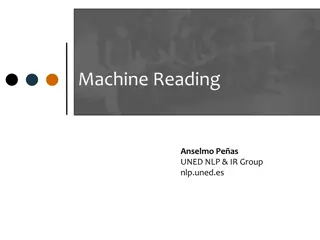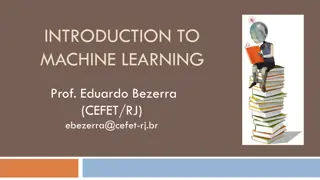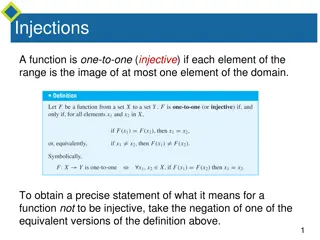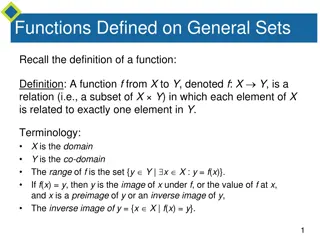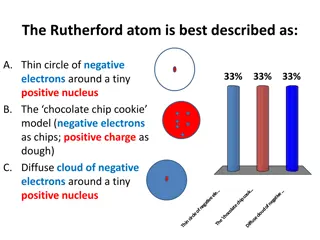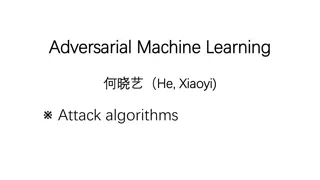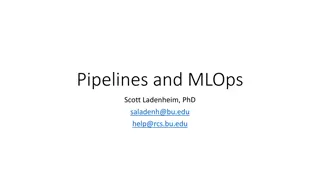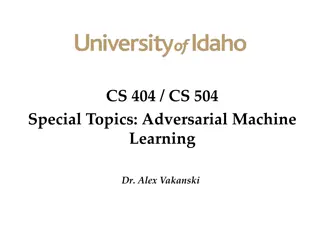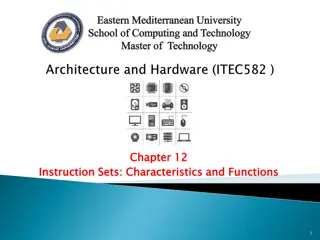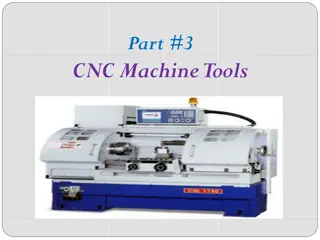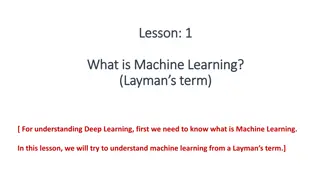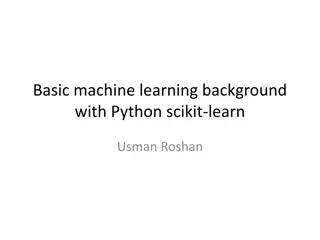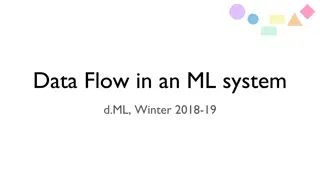Understanding Concepts in Machine Element Dynamics
This unit covers the concepts of D'Alembert principle, precession, gyroscopic couple, inertia force, torque, and dynamic forces associated with accelerating masses in machine elements. Students will learn how these principles affect the equilibrium and behavior of rigid bodies in rotational motion. Practical applications and calculations related to gyroscopic effects on aircraft are also explored.
Download Presentation

Please find below an Image/Link to download the presentation.
The content on the website is provided AS IS for your information and personal use only. It may not be sold, licensed, or shared on other websites without obtaining consent from the author. Download presentation by click this link. If you encounter any issues during the download, it is possible that the publisher has removed the file from their server.
E N D
Presentation Transcript
UNIT I:Concepts in machine element dynamics
CO 1 Student will be able to explain D Alembert principle, precession and gyroscopic couple and determine the direction and effect of gyroscopic couple by analyzing applications. various
The inertia force is an imaginary force, which when acts upon a rigid body, brings it in an equilibrium position. It is numerically equal to the accelerating force in magnitude, but opposite in direction. Mathematically, Inertia force = Accelerating force = m.a Where, m = Mass of the body, and a = Linear acceleration of the centre of gravity of the body.
Similarly, the inertia torque is an imaginary torque, which when applied upon the rigid body, brings it in equilibrium position. It is equal to the accelerating couple in magnitude but opposite in direction.
Dynamic associated with accelerating masses. As all machines have some dynamic forces are always present when the machine operate. In case of rotors which rotates at speed more than 80,000 rpm, even slightest eccentricity of centre of mass from axis of rotation induces very high dynamic forces. This may lead to vibration, wear, noise or even failure. Forces: Dynamic forces are accelerating parts,
D-Alemberts Principle The vector sum of all external forces and inertia forces acting upon a system of rigid bodies is zero. The vector sum of all external moments and inertia torques acting upon a system of rigid bodies is also separately zero. Inertia is a property of matter by virtue of which a body resists any change in velocity. Inertia Force, Fi= -m.a acceleration of centre of mass of the body) Negative sign indicates that the force acts in the opposite direction to that of acceleration. The force acts through centre of mass of the body. (m: mass of body; a:
Problem : An aeroplane makes a complete half circle of 50 metres radius, towards left, when flying at 200 km per hr. The rotary engine and the propeller of the plane have a mass of 400 kg and a radius of gyration of 0.3 m. The engine rotates at 2400 r.p.m. clockwise when viewed from the rear. Find the gyroscopic couple on the aircraft and state its effect on it.







